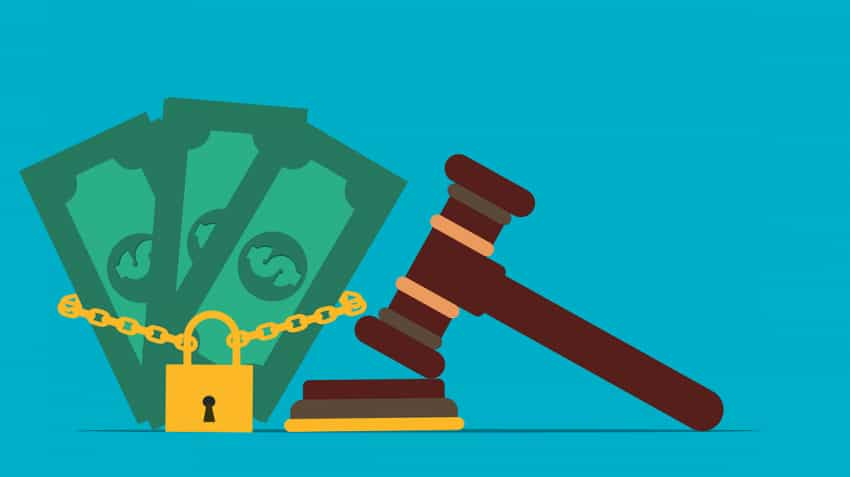Exchange between virtual digital assets and fiat currencies to come under PMLA
Money laundering is the process of turning illegally obtained funds into legal ones. The process of money laundering is typically broken down into three steps: placement, layering, and acquisition of wealth derived from the use of illicit funds.

The Reserve Bank of India and the government have cautioned users of Virtual Currencies (VCs) that dealing in VCs is associated with potential economic, financial, operational, legal, customer protection and security-related risks. The Ministry of Finance has now issued a gazette notification wherein it said that such activities will now come under the purview of the Prevention of Money Laundering Act (PMLA).
These activities include: exchange between virtual digital assets and fiat currencies; exchange between one or more forms of virtual digital assets; transfer of virtual digital assets; safekeeping or administration of virtual digital assets or instruments enabling control over virtual digital assets and participation in and provision of financial services related to an issuer’s offer and sale of a virtual digital asset.
The notification said that the term "virtual digital asset" shall have the same meaning as given to it in clause (47A) of section 2 of the Income Tax Act of 1961.
Prevention of Money Laundering Act, 2002
Money laundering is the process of turning illegally obtained funds into legal ones. The process of money laundering is typically broken down into three steps: placement, layering, and acquisition of wealth derived from the use of illicit funds. Placement is the act of introducing cash into the financial system. Layering is the act of concealing the illegal source through complex financial transactions (integration).
The PMLA, 2002 was enacted by the government to combat the practise and make provisions for the forfeiture of assets obtained through it.
Banking businesses, financial institutions, intermediaries, and individuals engaged in a specified line of work are required by the PMLA and laws thereunder to confirm the identification of their clients, keep records, and provide information to FIU-IND. The purpose of the PMLA is to prohibit money laundering and to make provisions for the confiscation of property derived from, involved in, or related to money laundering, as well as for matters related to or incidental to such activities.
Earlier in December last year, the government said that Rs 60.46 crore has been received in tax from entities for transactions in virtual digital assets (VDAs), including cryptocurrencies, since the introduction of TDS provisions in July.
The government had brought in a 30 per cent income tax plus surcharge and cess on transfer of crypto assets, like Bitcoin, Ethereum, Tether and Dogecoin. Also, to keep a tab on the money trail, a 1 per cent Tax Deducted at Source (TDS) under section 194S of I-T Act has been brought in on payments over Rs 10,000 towards virtual digital currencies from July 1.
Get Latest Business News, Stock Market Updates and Videos; Check your tax outgo through Income Tax Calculator and save money through our Personal Finance coverage. Check Business Breaking News Live on Zee Business Twitter and Facebook. Subscribe on YouTube.
03:02 PM IST











